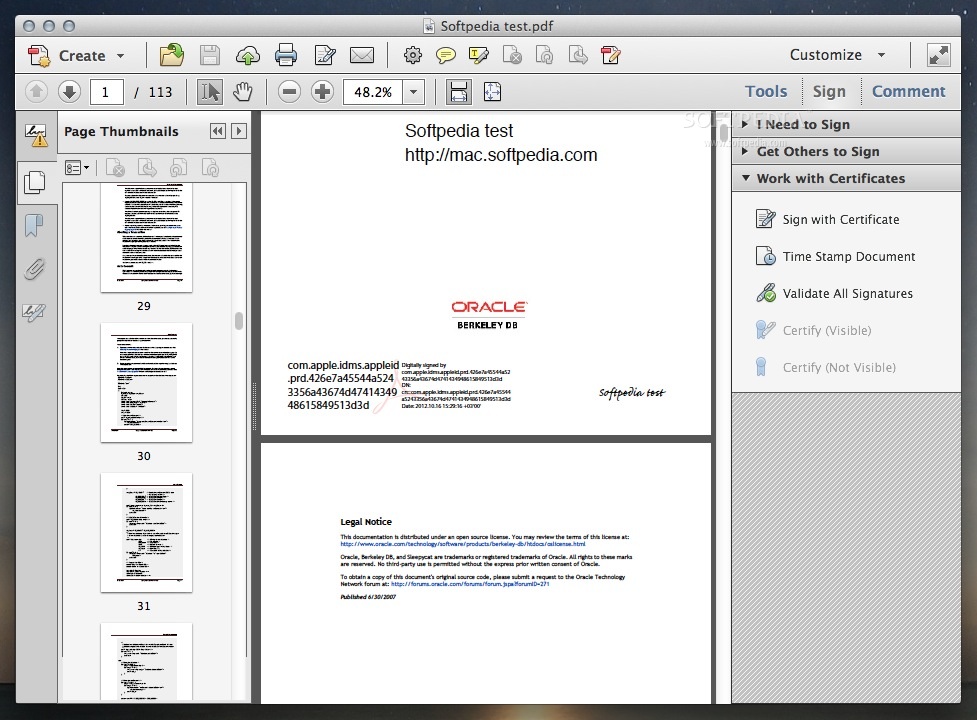

Both Reader 9 and X users can save local copies of the forms for their own records. With Acrobat X Pro, users can collect data from virtually anyone who uses Adobe Reader. You can also export the entire data set to a comma-delimited file for further analysis, using spreadsheet or database software. Responses can be received either via email attachments, the free online service, or your internal server, making it no longer necessary to retype or copy information. Acrobat also lets you check responses, add more recipients, remind people to respond, or change the response deadline.Īcrobat automatically compiles data from collected forms into a table for quick review, a great way to both organize and filter responses. Anyone with Adobe Reader (the free version of Acrobat) can fill in and save a form. You can post a PDF form directly to your website or use Acrobat to send it to desired recipients by email. If you prefer to create a form from scratch or based on a template, use Adobe LiveCycle® Designer ES2 software for Windows®, bundled with Acrobat X Pro. The areas filled in with blue are the electronic form fields. You can edit a particular field by clicking and typing into a field in the list.


The field order can be rearranged by dragging and dropping them their proper places in the order list, located to the right of the document area. You can instantly customize your new form with additional fields, checkboxes, and drop-down menus. Whether you scan a paper form or start with a Microsoft Word or Excel file, Acrobat automatically recognizes elements on the page that look like form fields and turns them into fillable electronic fields. The Acrobat Form Wizard walks you through a series of simple steps to turn an existing form into a fillable PDF form. Acrobat X has several new features worth mentioning. Part of the newest Adobe CS6 collection is Acrobat X Pro, software that lets you create and edit PFD files, share information, and work with rich media.


 0 kommentar(er)
0 kommentar(er)
